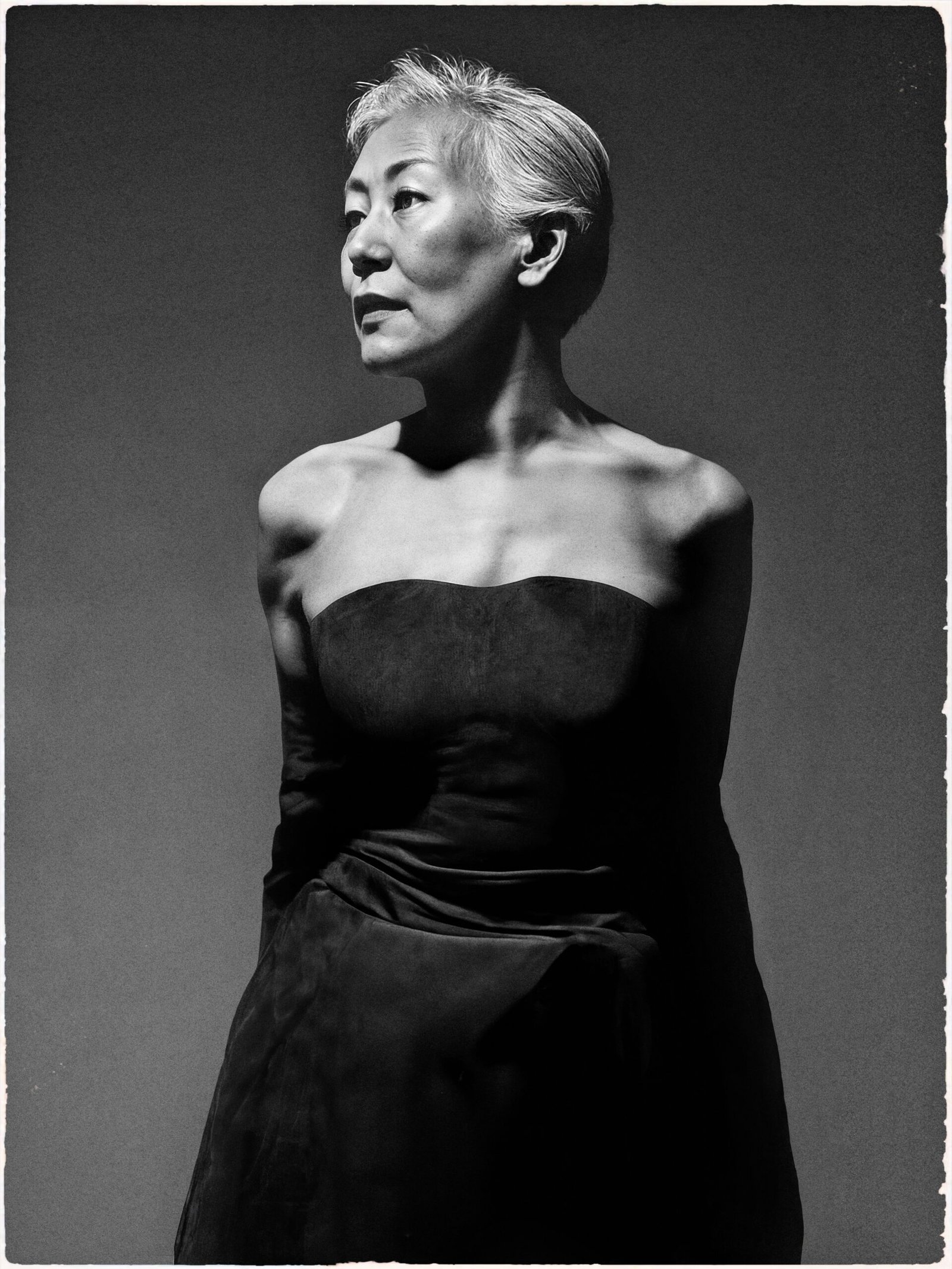
Fashion and Society
Fashion has always played a significant role in society, reflecting the values, beliefs, and norms of a particular culture or community. Clothing is not just a means of covering the body; it is a form of self-expression, a reflection of one’s identity, and a statement of individuality. Throughout history, clothing has been intertwined with social, cultural, and political dynamics, shaping and reflecting the ever-evolving nature of human society.
The Evolution of Fashion
The history of fashion is a testament to the dynamic nature of human civilization. From the elaborate garments of ancient civilizations to the minimalist styles of modern times, fashion has evolved in response to technological advancements, ideological shifts, and global influences. The evolution of fashion is not merely a reflection of changing trends; it is a mirror that reflects the socio-political climate of different eras.
For instance, the fashion of the Victorian era mirrored the conservative values and rigid social hierarchy of the time, with women’s clothing being a symbol of modesty and adherence to societal norms. In contrast, the flapper dresses of the 1920s represented the liberation and empowerment of women during the post-war period, challenging traditional gender roles and embracing a more progressive outlook.
Similarly, the rise of streetwear in the late 20th century was a manifestation of urban youth culture and the influence of hip-hop on mainstream fashion. Streetwear became a symbol of rebellion and authenticity, blurring the lines between high and low culture and challenging the traditional notions of luxury and exclusivity.
Fashion and Culture
Clothing is an integral part of cultural identity, serving as a visual language that communicates traditions, customs, and heritage. Different cultures have distinct sartorial traditions that are passed down through generations, carrying with them the stories and symbols of a community’s history and values.
Traditional garments, such as the kimono in Japan, the sari in India, or the kente cloth in Ghana, are not just articles of clothing; they are embodiments of cultural pride and heritage. The significance of these garments goes beyond aesthetics; they are a means of preserving and celebrating cultural identity in an increasingly globalized world.
Furthermore, the fusion of different cultural elements in fashion has led to the emergence of new and innovative styles that celebrate diversity and inclusivity. The fashion industry has seen a growing appreciation for traditional textiles, craftsmanship, and design techniques from various parts of the world, leading to a rich tapestry of global influences in contemporary fashion.
Fashion and Politics
The intersection of fashion and politics is a complex and intriguing phenomenon. Clothing has been used as a tool for political expression, protest, and subversion, allowing individuals to make powerful statements and challenge the status quo. Throughout history, numerous political movements have utilized clothing as a means of conveying their ideologies and garnering support for their cause.
One of the most iconic examples of fashion’s role in politics is the use of the suffragette white during the women’s suffrage movement. The color white became a symbol of purity and the fight for women’s rights, with suffragettes donning white garments to signal their solidarity and determination in the struggle for equality.
Similarly, the Black Panther Party in the 1960s utilized clothing, particularly the black berets and leather jackets, as a visual representation of their revolutionary stance and commitment to racial justice. The attire of the Black Panthers became a powerful symbol of resistance and empowerment, challenging the systemic oppression faced by African American communities.
In contemporary times, the “pussyhat” worn during the Women’s March in 2017 became a potent symbol of feminist resistance and solidarity, serving as a visual statement against gender inequality and the policies of the new administration. The sea of pink hats at the march was a testament to the unifying power of clothing in conveying a collective message and galvanizing a movement.
Conclusion
The relationship between fashion and society is multifaceted and ever-evolving. Clothing serves as a mirror that reflects the cultural, social, and political dynamics of a given time, encapsulating the values and aspirations of individuals and communities. Whether it is through the preservation of cultural heritage, the expression of political dissent, or the celebration of diversity, fashion continues to hold a profound influence on the fabric of society.
Fashion and Sustainability
As the fashion industry has grown exponentially in recent decades, the issue of sustainability has become increasingly pressing. The fast-paced nature of modern fashion, characterized by the rapid production and consumption of clothing, has led to significant environmental and social concerns. The fashion industry is a major contributor to global greenhouse gas emissions, water pollution, and textile waste, prompting a growing movement towards more sustainable and ethical practices.
One of the primary challenges facing the fashion industry is the environmental impact of textile production and disposal. The manufacture of synthetic fibers, such as polyester and nylon, requires large amounts of energy and resources, while the dyeing and finishing processes release harmful chemicals into the environment. Additionally, the growing trend of “fast fashion” has led to a culture of disposable clothing, where garments are worn for a short period and then discarded, contributing to the growing problem of textile waste.
In response to these concerns, many fashion brands and consumers have embraced the concept of sustainable fashion. This involves the adoption of eco-friendly materials, such as organic cotton, recycled polyester, and biodegradable fabrics, as well as the implementation of ethical production practices that prioritize the well-being of workers and the environment. The rise of secondhand clothing, upcycling, and clothing rental services has also been a significant factor in promoting a more sustainable fashion ecosystem.
Furthermore, the fashion industry has a responsibility to address the social implications of its practices, particularly in terms of fair labor standards and the rights of garment workers. The exploitation of workers in developing countries, often in unsafe and unethical conditions, has been a longstanding issue in the fashion industry. Initiatives like the Fair Trade movement and the establishment of ethical certifications have aimed to address these concerns, encouraging brands to prioritize the welfare of their workforce and ensure fair compensation and working conditions.
As consumers become more conscious of the environmental and social impact of their fashion choices, the demand for sustainable and ethical clothing has grown. This shift in consumer behavior has led to increased accountability and transparency within the industry, with brands and retailers being held to higher standards in terms of their sustainability and labor practices.
Fashion and Identity
Fashion is not just about the clothes we wear; it is a powerful tool for self-expression and the construction of personal and social identities. The way we dress is a reflection of our values, beliefs, and the way we want to be perceived by others. Clothing can serve as a means of asserting our individuality, challenging societal norms, and aligning ourselves with certain cultural or subcultural groups.
Throughout history, fashion has been a vehicle for marginalized communities to assert their identity and challenge dominant societal narratives. The punk movement, for example, used fashion as a form of political and social rebellion, with ripped clothing, safety pins, and bold makeup serving as a visual representation of their resistance against mainstream culture.
Similarly, the fashion choices of LGBTQ+ individuals have been a powerful form of self-expression and a means of celebrating their identity. The use of androgynous styles, gender-bending fashion, and the reclamation of traditionally “feminine” or “masculine” aesthetics have been integral to the LGBTQ+ community’s fight for visibility and acceptance.
In recent years, the fashion industry has also witnessed a growing emphasis on diversity, inclusion, and the representation of marginalized communities. Brands and designers have made strides in featuring models of diverse backgrounds, body types, and gender identities, challenging the traditional standards of beauty and redefining what it means to be “fashionable.”
The impact of this shift in the fashion industry goes beyond just aesthetics; it has the potential to empower individuals and communities to embrace their unique identities and challenge societal norms. By celebrating diversity and amplifying the voices of marginalized groups, fashion can become a powerful tool for social change and the promotion of greater inclusivity and representation.
Fashion and Technology
The intersection of fashion and technology has ushered in a new era of innovation and transformation within the industry. The rapid advancements in digital technologies, artificial intelligence, and data analytics have revolutionized the way fashion brands design, produce, and market their products, as well as how consumers engage with and consume fashion.
One of the most significant impacts of technology on the fashion industry has been the rise of e-commerce and online shopping. The ability to purchase clothing and accessories from the comfort of one’s home has transformed the retail landscape, allowing for a more personalized and convenient shopping experience. Furthermore, the integration of advanced data analytics and machine learning algorithms has enabled fashion brands to better understand their customers’ preferences, trends, and buying patterns, informing their design and marketing strategies.
The integration of technology has also led to the emergence of new and innovative fashion technologies, such as 3D printing, smart fabrics, and augmented reality (AR) applications. 3D printing, for instance, has the potential to revolutionize the manufacturing process, allowing for the creation of custom-fitted garments and the exploration of new and unconventional design possibilities. Smart fabrics, on the other hand, are transforming the way we interact with our clothing, incorporating features like temperature regulation, moisture-wicking, and even the ability to monitor our vital signs.
The use of augmented reality in fashion has also gained significant traction in recent years. AR technology allows consumers to virtually “try on” clothing and accessories, providing a more immersive and personalized shopping experience. This has not only enhanced customer engagement but also reduced the environmental impact of traditional brick-and-mortar stores, where product returns and exchanges are a significant issue.
Furthermore, the rise of social media and influencer marketing has had a profound impact on the fashion industry. Fashion brands now have the ability to reach and engage with a vast global audience, leveraging the power of social media platforms to showcase their products, tell their brand stories, and collaborate with influential individuals who can sway consumer preferences and buying habits.
As the fashion industry continues to evolve, the integration of technology will only become more prevalent. From the use of artificial intelligence in product design and supply chain management to the incorporation of blockchain technology for improved transparency and traceability, the future of fashion is undoubtedly digital and tech-driven.


